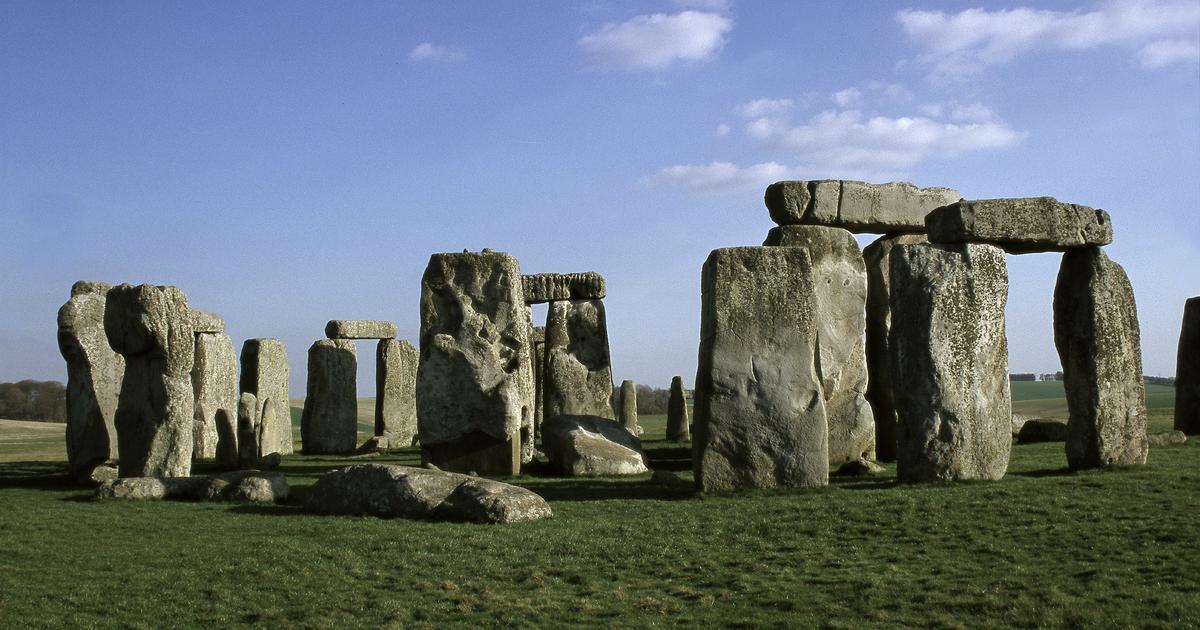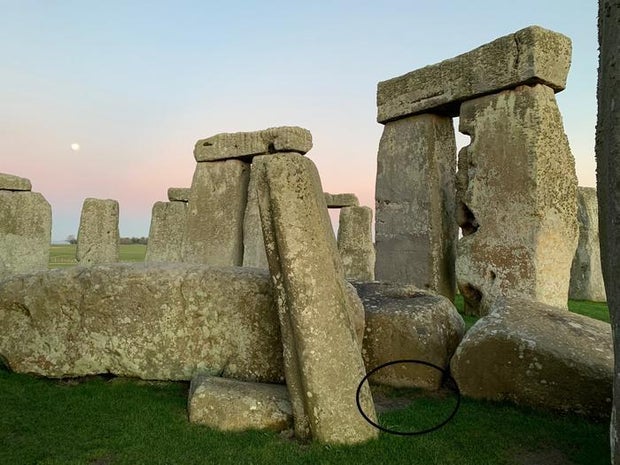Stonehenge, the famous stone circle in southern England, has confused historians for centuries, but researchers on Wednesday revealed new and unexpected information about the monument’s six-ton Altar Stone.
It was long believed that the stone, which sits in the middle of the iconic circle, came from Wales, but new research suggests it actually came from hundreds of miles away in Scotland, raising new questions about transportation methods from 5,000 years ago. A geological study of the Altar Stone shows it likely came from Orcadian Basin, Scotland, at least 466 miles from Stonehenge, researchers said in a study published Wednesday in the journal Nature.
“Our discovery of the Altar Stone’s origins highlights a significant level of societal coordination during the Neolithic period and helps paint a fascinating picture of prehistoric Britain,” study co-author and Curtin University professor Chris Kirkland said in a news release. “Transporting such massive cargo overland from Scotland to southern England would have been extremely challenging, indicating a likely marine shipping route along the coast of Britain.”
Stonehenge is largely comprised of two categories of stones: sarsen and bluestone. The large sarsen stones primarily came from an area about 16 miles north of the monument. The Altar Stone is considered a bluestone. Previous studies have found that Stonehenge’s bluestones largely came from Wales.
English Heritage
To figure out where the Altar Stone came from, geologists looked at the stone’s chemical fingerprint and analyzed the minerals in the rock. Researchers found the Altar Stone’s fingerprint didn’t match the geology of Wales’ sandstone formations.
“While we can now say that this iconic rock is Scottish and not Welsh, the hunt will still very much be on to pin down where exactly in the north-east of Scotland the Altar Stone came from,” study co-author and Aberystwyth University professor Richard Bevins said.
English Heritage, which looks after Stonehenge, called the news an exciting find.
“The more we uncover the secrets of Stonehenge, the more questions arise,” the organization wrote in a social media post.
Stonehenge’s purpose remains a mystery, with some theorizing it was constructed for astronomical reasons and others theorizing it was related to human sacrifice.

